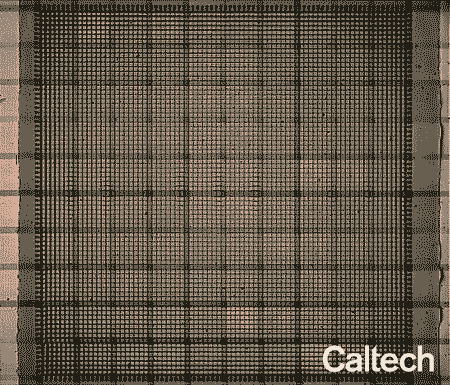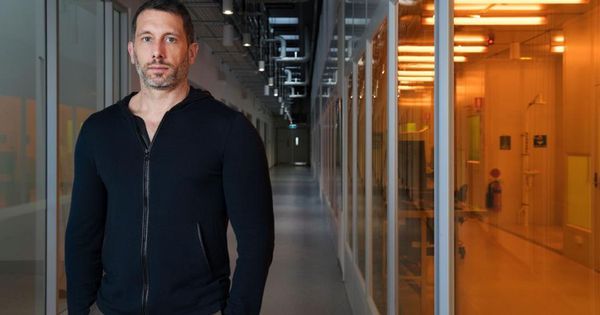According to MIT professor Seth Lloyd, the answer is yes. We could be living in the kind of digital world depicted in The Matrix, and not even know it.
A researcher in Mechanical Engineering at MIT, Lloyd is one of the leaders in the field of quantum information. He’s been with the field from its very conception to its sky-rocketing rise to popularity. Decades ago, the feasibility of developing quantum computing devices was challenged. Now, as quantum computation is producing actual technologies, we are only left to wonder—what kind of applications will it provide us with next?
But, first things first. In a round-table discussion with undergraduates, Lloyd speaks of his early days in the field with a touch of humor, irony, and most surprisingly—pride. When he just started to research quantum information in graduate school, most scientists told him to look into other areas. In fact, out of the postdoctoral programs he considered, not many were too invested in researching of information in quantum mechanics. Most universities and institutes were reluctant to take up quantum computing, but Murray Gell-Mann accepted Lloyd for a position at the California Institute of Technology. This is where many ideas behind quantum computation were born, and Lloyd is “excited by the popularity of the field today.”




